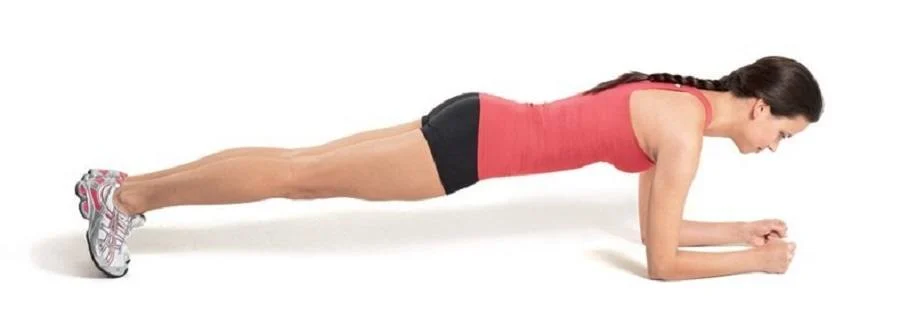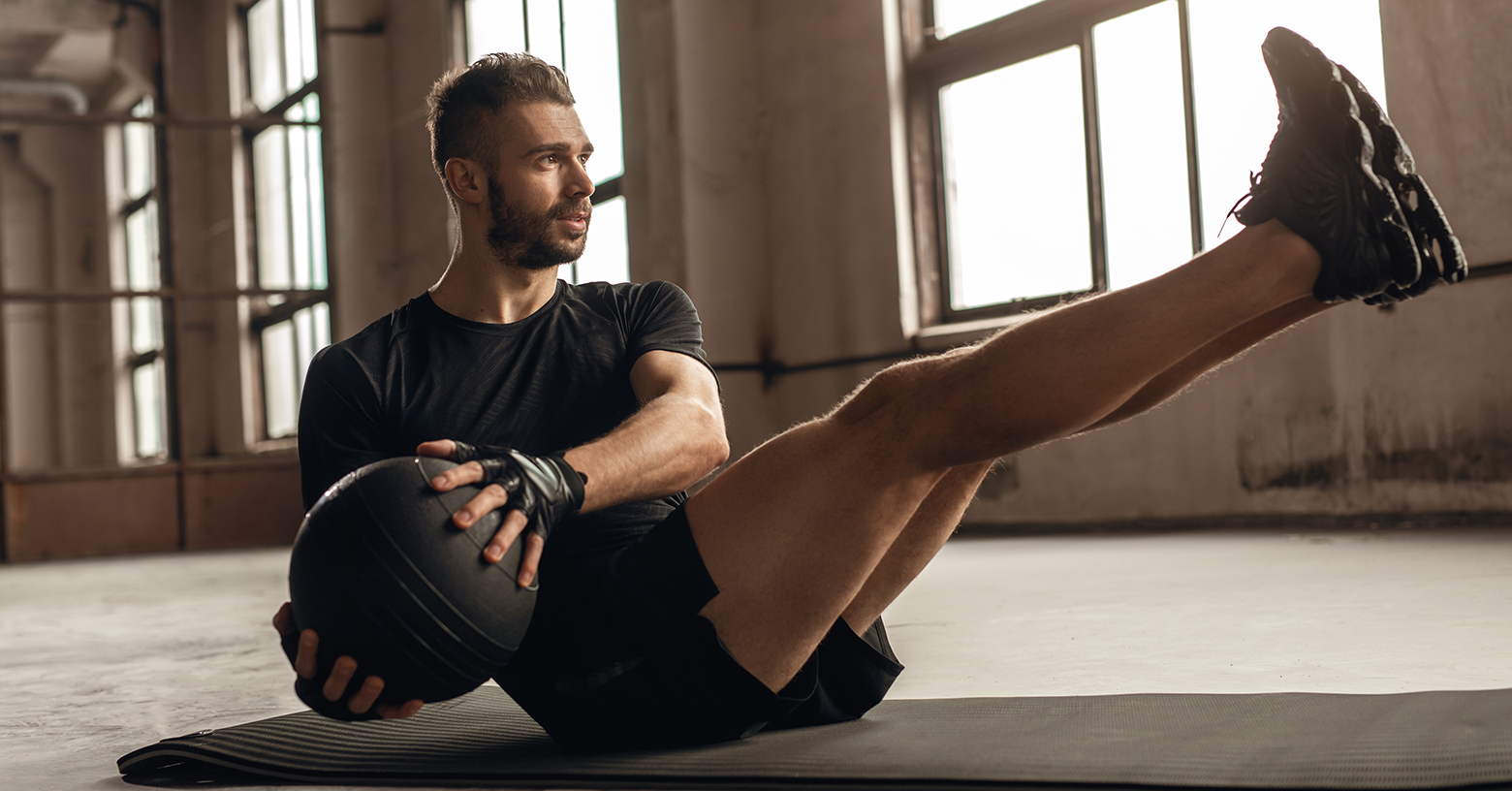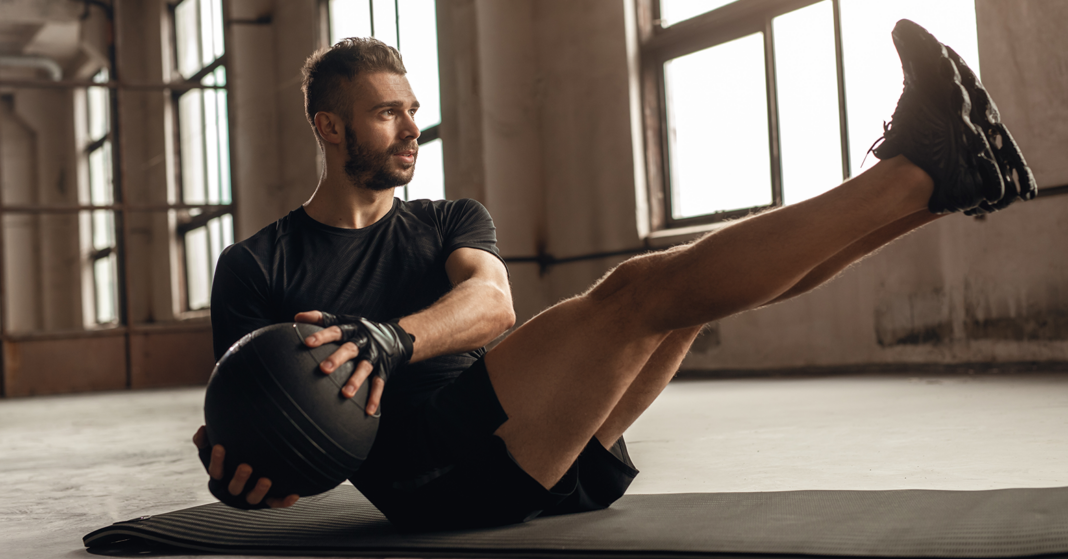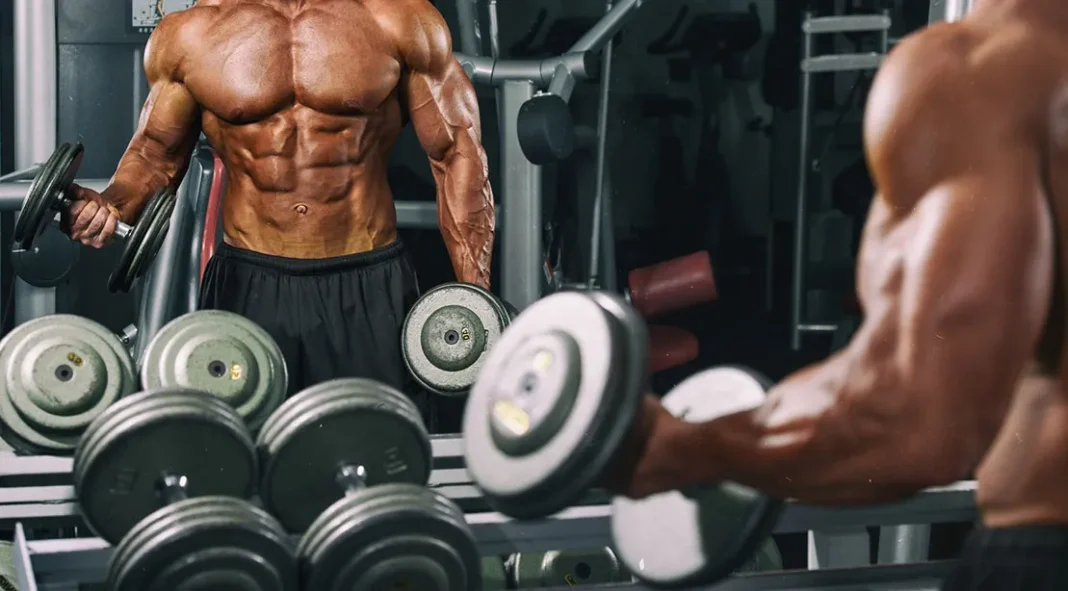Core Strengthening
The core has become a fitness catchphrase. It has become synonymous with abdominal training. Core strengthening is much more than six packs and needs to be treated as such.
Core training focuses on strengthening the frontal abdominal muscles and multiple muscles from the shoulders to the hips, which are essential for improving overall stability and mobility for people of all ages.
It is commonly implemented in sports and therapy programs to maximize strength and reduce injury and is involved in every movement, to begin or transfer force.
OBLIGATORY TO BUILD A STRONG CORE
When your muscles are weak and don’t engage right away, the spine and hip joints bear the load, and micro tears occur in the discs whenever you bend or twist without activating your deep core muscles.
Building a strong core will help improve stability, maintain mobility, breathe deeply and reduce injury.
It allows a person to produce and maintain force stability, critical for any weight-bearing activity and lower back pain, by enabling better posture. It will also promote efficient breathing.
The core muscles are linked to the diaphragm, which allows you to inhale and exhale at maximum capacity to assist in overall task performance.

SIGNS OF A WEAK CORE
When your core muscles are weak and don’t fit into place, your spine and hip joints bear the load, and micro muscle tears occur whenever you bend or twist without activating your deep core muscles. Some signs of a weak core are:
- Sharp lower back pain when bending over.
- Back pain whenever you lift heavy items off the floor or move heavy items around.
- Pain in the lower back after standing for more than 15 minutes
- Difficulty breathing when moving around or exercising.
- Not feeling your core working during exercise.
- Lower back pain and hamstrings pain during gluteus exercise.
- Exaggerated pelvic tilt.
- Plank form is not correct.
BENEFITS OF CORE STRENGTHENING EXERCISE
Core exercises are often ignored, but it is an integral part of a well-rounded fitness program. Core is the body’s middle part, which includes the pelvis, lower back, hips, and stomach, sometimes called abs.
Core exercises train the muscles in your core to work in synchronization. It leads to better balance and steadiness or stability.
It is crucial to have a stable core, whether on the playing field or doing regular activities. In fact, most physical activities depend on stable core muscles.
When you have a strong core, you can involve in heavier and more intensive training sessions. You can push harder, lift heavier and run faster without needing to rest every five minutes.
HOW LONG WILL IT TAKE TO BUILD CORE STRENGTH?
Gaining core strength is not attributed to doing hundreds of sit-ups and crunches; it requires specific activation. The first step is learning to isolate and activate the abdominal muscle. The primary core muscle we talk about in Pilates.
You need to develop strength in these muscles through patience, exercise, stability, and rotational exercise to ensure you are strengthening the core in 3(three) dimensional ways.
When we are talking particularly about strengthening and building core strength, it can take four to eight weeks, depending on your exercises and eating habits.

BEST CORE STRENGTHENING EXERCISES
- Crunch: lie down with the fingers at the temples and pull the shoulder blades together and bend the knees and rest the feet lightly on the floor, lift the shoulder blades off the floor and lower them back to the floor control
- Hover: lie face down with shoulders above the elbows, forearms flat on the floor, shoulders and hips at an even height from the floor, and feet wider than the hips. Try to hold this position for 10 (ten) seconds and, in due course, build up to a hold of one-two minutes. As an advance option, move one hand diagonally away from the start position across the floor and back to the start position.
- Leaning crunch: lie down with the fingers at the temples, pull the shoulder blades together, bend the knees and rest the feet lightly on the floor. Lift a single shoulder blade off the floor, twisting toward the opposite knee and sliding the top of the hand across the side thigh. Then lower the shoulder blade back to the floor.
- Extension: lie face down with arms above the head and lower the chest off the floor by contracting the gluteus muscles.
- Pointer: start in a quadruped position with both hands and knees flat on the floor. Lift one leg and the opposite arm to the height of the shoulders. Repeat on the other side.
- Plank: rest your forearms on the floor with your elbows directly underneath your shoulders and hands facing forward so that you form a ninety-degree angle. This position requires you to keep your back straight and balance on the balls of your feet and elbows. Your head, shoulders, hips, knees, and ankles are aligned straight. Keep your lower back from arching and hold the position.
- Ab wheel roll-outs: put both of your hands on the ab roller and kneel on the floor, place the ab roller in front of you, and slowly roll the ab roller out as you stretch your body into a straight position; after the pause, start to move back to the starting position.
- Hanging knee/leg raise: hang from a pull-up bar with your body in a straight line and use an overhand grip. Bend your knees and use your lower abs to raise your legs. Your thighs should be parallel to the ground when they are at their highest point. Lower them under control back to the starting position.
Core strengthening exercises will help you build a strong core. It’s necessary to have a strong core because it helps in almost every physical activity, from holding your body upright while walking or running to lifting and jumping activities.
Core exercises are essential to living a healthier, more active lifestyle. When it becomes weak, it can result in pain.
If you want to build core strength and endurance, incorporate core strengthening exercises into your fitness practice.



